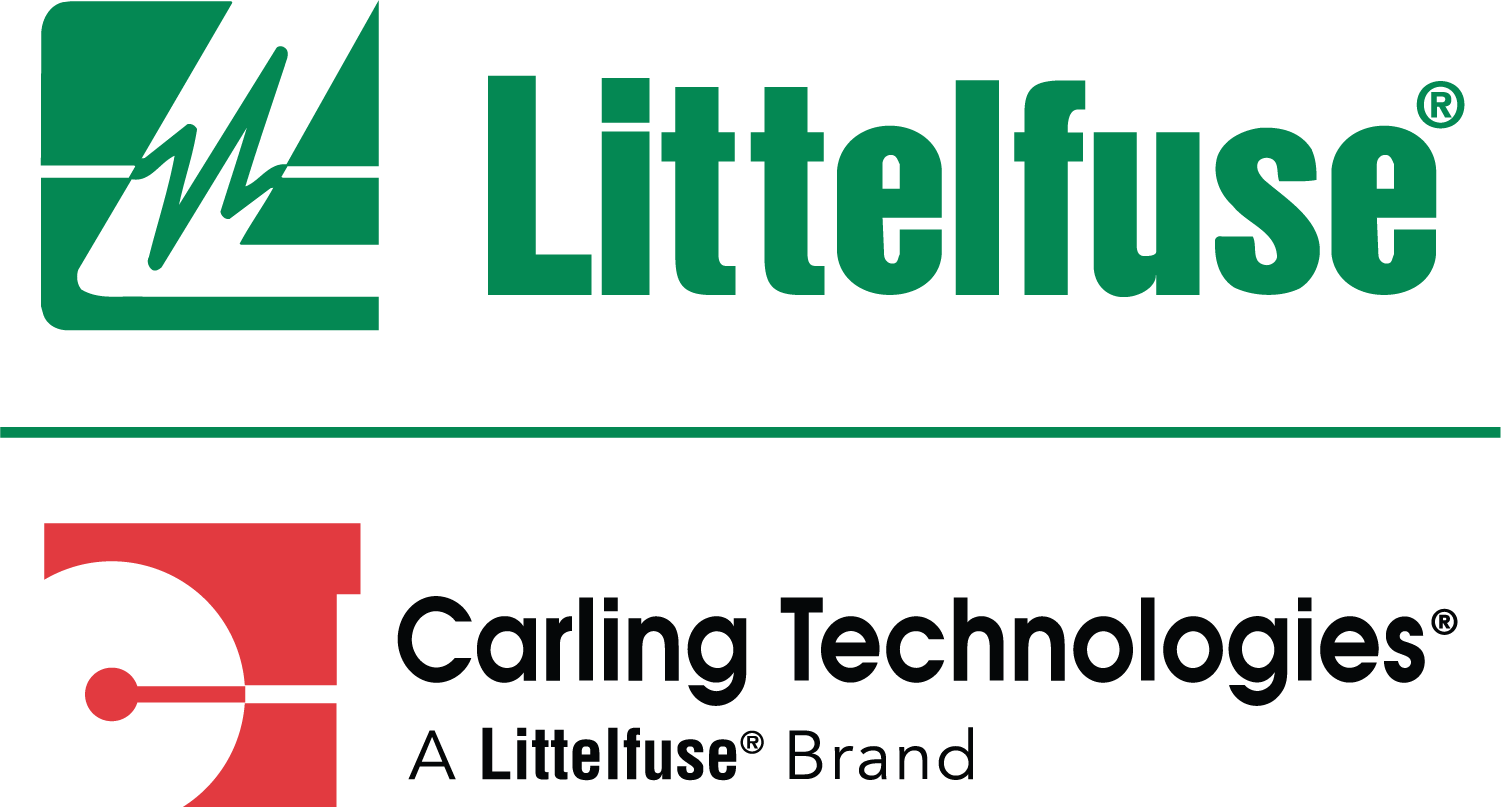
Carling Technologies / Littelfuse
Carling Technologies is a leading global manufacturer of switches, circuit breakers, and other control devices. With a history dating back to 1920, Carling Technologies has built a strong reputation for producing high-quality products that meet the stringent requirements of various industries. The company offers a diverse range of products, including toggle switches, rocker switches, rotary switches, and hydraulic-magnetic circuit breakers. These products are widely used in industries such as automotive, marine, industrial, and telecommunications. Carling Technologies' commitment to innovation and quality is demonstrated through their state-of-the-art manufacturing facilities and rigorous quality control processes. Their products are known for their durability, reliability, and superior performance. With a focus on customer satisfaction, Carling Technologies provides excellent technical support and customization options to meet specific customer needs. As a trusted name in the industry, Carling Technologies continues to be a preferred choice for businesses seeking high-quality control devices for their applications.
Rotary Switches
Results:
6
Series
Number of Positions
Number of Poles per Deck
Index Stops
Termination Style
Actuator Type
Current Rating (Amps)
Actuator Length
Mounting Type
Depth Behind Panel
Circuit per Deck
Voltage Rating - DC
Contact Timing
Voltage Rating - AC
Number of Decks
Contact Finish
Angle of Throw
Contact Material
Features
Results remaining:6
Applied Filters:
Carling Technologies / Littelfuse
About Rotary Switches
Rotary switches are mechanical devices that are specifically engineered to manage multiple electrical circuits by utilizing the rotation of a shaft. Through manual or mechanical interaction with the switch, electrical contacts are engaged or disengaged, thus enabling the establishment or disconnection of a series of electrical connections.
The selection of rotary switches is based on various factors such as the number of positions, the number of decks, poles per deck, mounting type, contact circuit configuration, throw angle, actuator type, and current and voltage ratings. The number of positions indicates the different settings or options available within the switch, while the number of decks refers to the individual switching stages within the device. Poles per deck signifies the number of separate circuits that can be controlled by each stage.
Mounting type is an important consideration, as it determines how the switch is physically installed or mounted in a device or system. Contact circuit configuration relates to the arrangement and connection of the electrical circuits within the switch. The throw angle describes the range of motion of the switch's actuator during operation.
Actuator type refers to the mechanism used to initiate the switch's movement, which can be accomplished through various means such as a knob, lever, or key. Furthermore, current and voltage ratings are crucial specifications that ensure the switch can handle the necessary electrical loads safely and effectively.
Some rotary switches are equipped with adjustable stops or have the ability to rotate continuously, providing additional flexibility and functionality for specific applications.
In conclusion, rotary switches are essential for controlling multiple electrical circuits via shaft rotation. Their selection depends on factors such as the number of positions, decks, poles, mounting type, contact configuration, throw angle, actuator type, and current and voltage ratings. Additionally, some rotary switches offer features like adjustable stops or continuous rotation to meet diverse application requirements.

